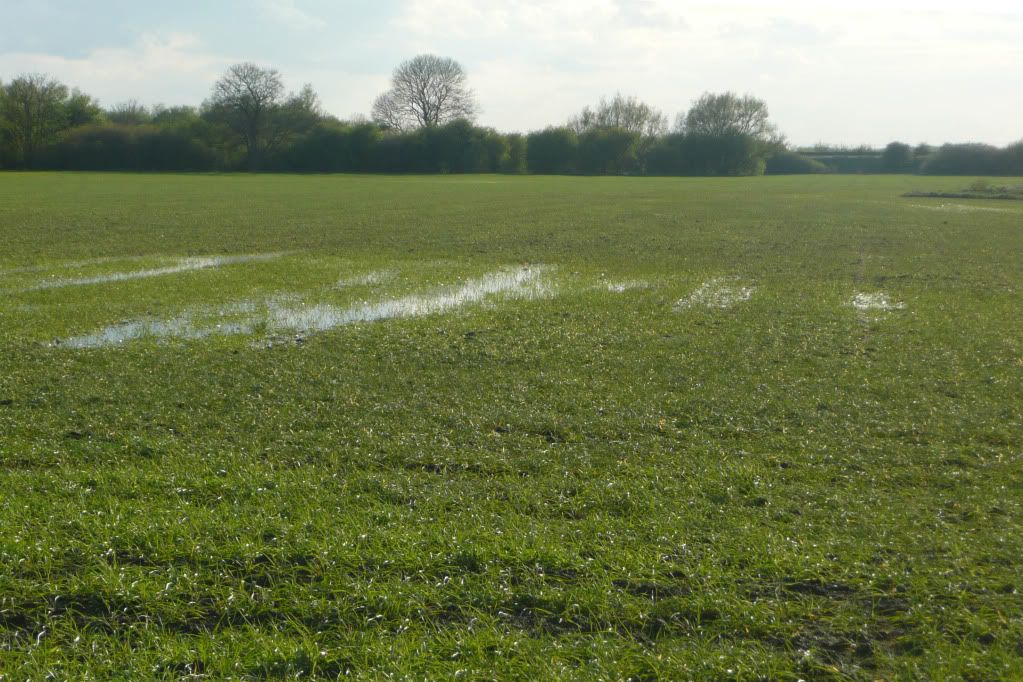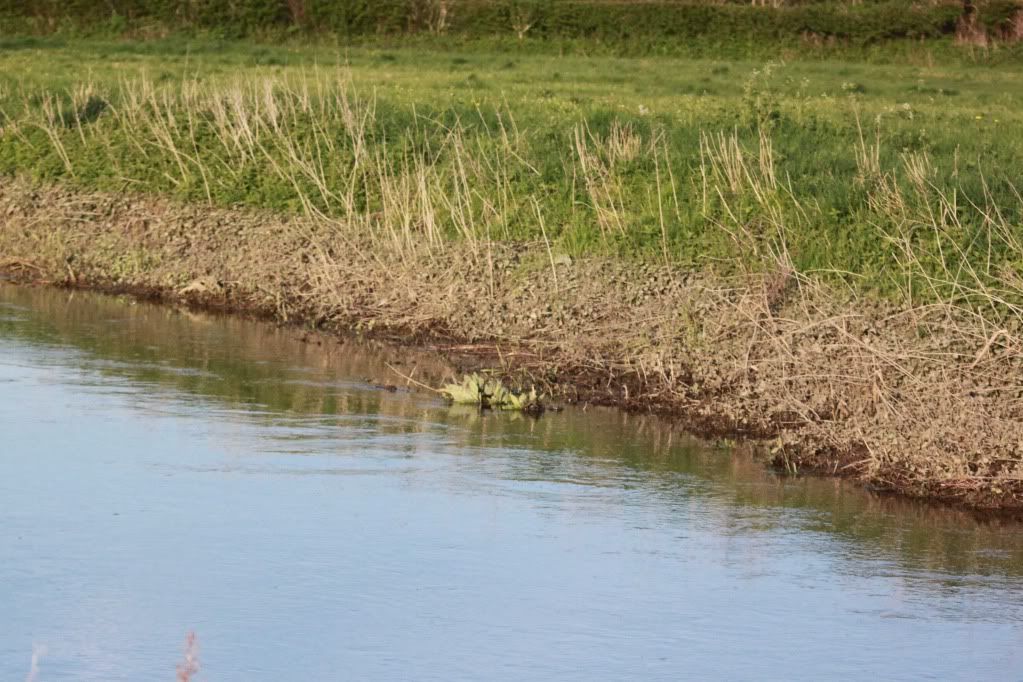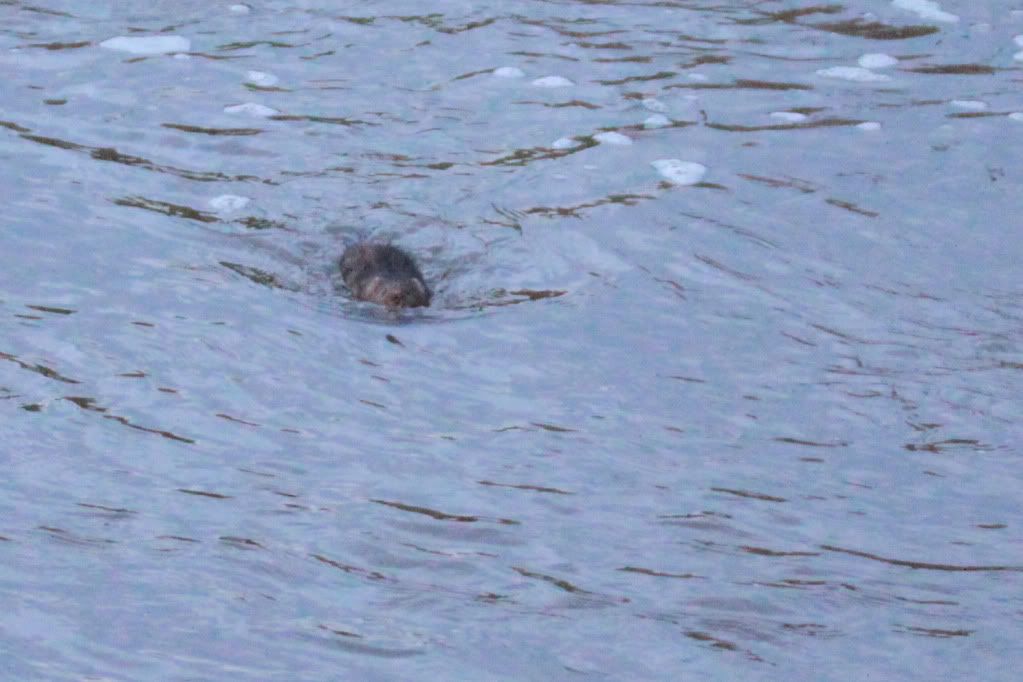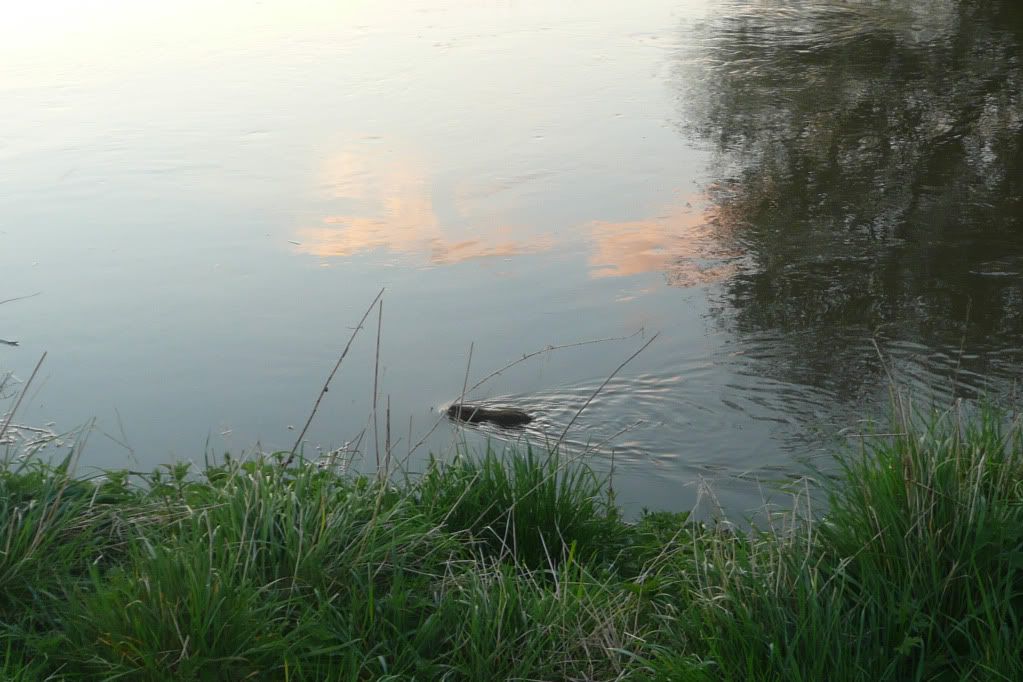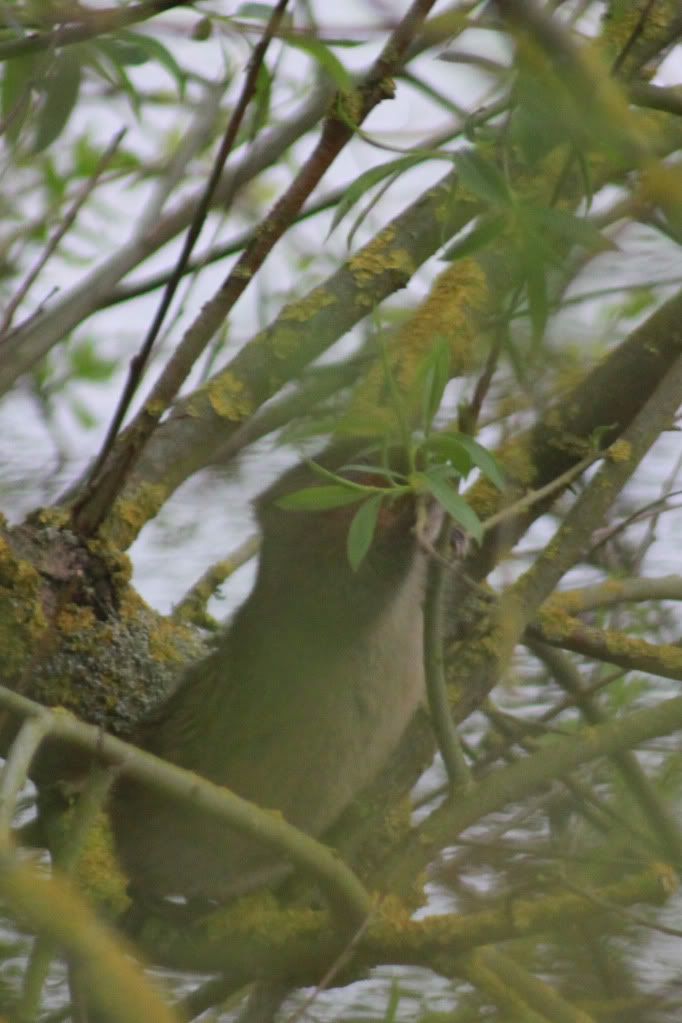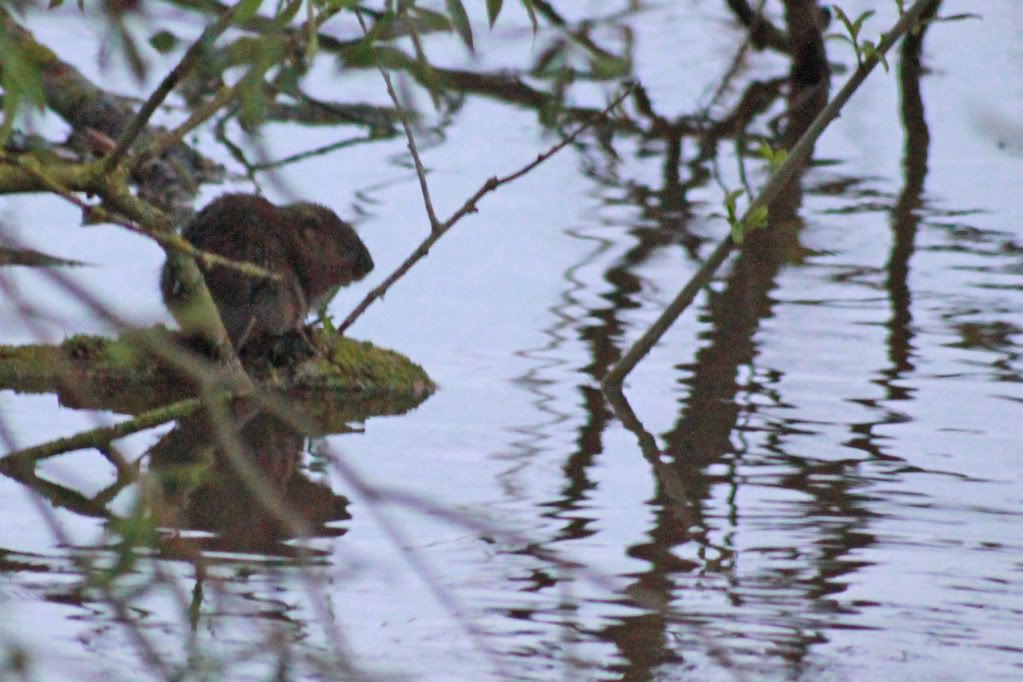There are nearly 300 different species of bees in the UK and whilst bumblebees may be the most obvious, others are more numerous.
Of the 60 species of mining probably the most common is the red mason bee. In our garden, they have previously nested in holes in the mortar of the house, but now thanks to a home made Christmas present there are more of them than ever
Quite simple in construction, it just consists of a wooden box, filled with bamboo canes and logs with drilled holes and watching the bees is a fascinating way to spend an early summers evening:
.
.
Earlier in the year, the first to emerge are the males, identified by the white hair on their face, they will not move far, waiting for the females to emerge - then mate and die.
.
.
Having mated, the female will select a suitable nest site - which, from observation, may take some time:
.
.
The female lays her eggs in the hollow bamboo canes. She will lay several eggs with in the same nest, dividing them with walls of mud, each provisioned with pollen collected from nearby flowers - with the male eggs being the last to be laid:
.
.
When the last egg is laid, the nest is blocked with the final wall of mud:
.
.
They young that have survived the winter will emerge to repeat the cycle next year.
Wildlife and other things of interest on and around the river Ock in south Oxfordshire
Thursday 24 May 2012
Monday 14 May 2012
Talk Plug
As the blog enters it's fourth year, having made 266 posts, posted countless photographs and received 243 comments - the blog is going on the road.
I am giving a talk organised by the BBOWT Upper Thames on June 13th at the Lloyd Lindsay Room, Ardington, Nr Wattage called Widlife on the River Ock - From Slime Moulds to Otters
.
It will follow the format of this blog and will be based around a year on the river - including some of favourite photographs, the inspirations behind the blog and some subjects which have not been included in it.
More details are on the BBOWT web site http://www.bbowt.org.uk/events/2012/04/23/talk-wildlife-river-ock
There is a request for donations to cover the cost of hiring the room
It would be great to meet some of you who have commented on this blog.
I am giving a talk organised by the BBOWT Upper Thames on June 13th at the Lloyd Lindsay Room, Ardington, Nr Wattage called Widlife on the River Ock - From Slime Moulds to Otters
.
It will follow the format of this blog and will be based around a year on the river - including some of favourite photographs, the inspirations behind the blog and some subjects which have not been included in it.
More details are on the BBOWT web site http://www.bbowt.org.uk/events/2012/04/23/talk-wildlife-river-ock
There is a request for donations to cover the cost of hiring the room
It would be great to meet some of you who have commented on this blog.
Sunday 6 May 2012
After the flood
Now the rain has stopped (at least for the time being), the river and flood waters have quickly subsided - the river returning to a typical height
.
.
And with the exception of a few puddles, the floodplain returns to an agricultural field (with seemingly little damage to the crops):
.
.
Along the river the bank, a line of mud indicates how high the river was.
.
.
Elsewhere, where there are fewer plants, the fast water has very slightly increased the continuous erosion along some of the banks:
.
.
.
And with the exception of a few puddles, the floodplain returns to an agricultural field (with seemingly little damage to the crops):
.
.
Along the river the bank, a line of mud indicates how high the river was.
.
.
Elsewhere, where there are fewer plants, the fast water has very slightly increased the continuous erosion along some of the banks:
.
.
The high water level does not seem to have affected the kingfishers who have been flying back and forth to their nests.
But the moorhens have not been so lucky, their nest (featured in the previous blog post), has been swept away:
.
Wednesday 2 May 2012
Water voles and high water
Despite the river bursting it's banks, the high water level does not seem to have affected the water voles and they still can be seen trying to swim across the swollen river (sometimes they give up and turn back):
.
.
.
Whilst others take advantage of the high river level and eat the branches from the willow trees which would normally be out of reach:
.
.
.
And others just sit there, as if marooned.
.
.
.
.
Whilst others take advantage of the high river level and eat the branches from the willow trees which would normally be out of reach:
.
.
.
And others just sit there, as if marooned.
.
.
Parts of the river remain on flood alert: http://www.environment-agency.gov.uk/homeandleisure/floods/34678.aspx?page=1&type=Town&term=abingdon
And the Abingdon Blog has photos of the high water on the Ock Valely Walk http://www.abingdonblog.co.uk/?p=6473
Tuesday 1 May 2012
The floodplain
After the wettest April for 100 years (http://www.bbc.co.uk/news/uk-17897982), it is perhaps not surprising that the Ock has burst it's banks and flooded the Ock Meadow:
.
.
.
Yesterday, what was once a field of barley is now a lake for ducks:
.
.
And on the other side of the river, ladygrove meadow is also in flood:
.
.
Although it looks dramatic, it is not uncommon for the river to burst it's banks (although it usually happens in winter) and fill up the floodplain.
The environment agency web site contains more on the status of the town's three rivers:
http://www.environment-agency.gov.uk/homeandleisure/floods/31618.aspx
.
.
.
Yesterday, what was once a field of barley is now a lake for ducks:
.
.
And on the other side of the river, ladygrove meadow is also in flood:
.
.
Although it looks dramatic, it is not uncommon for the river to burst it's banks (although it usually happens in winter) and fill up the floodplain.
The environment agency web site contains more on the status of the town's three rivers:
http://www.environment-agency.gov.uk/homeandleisure/floods/31618.aspx
Subscribe to:
Posts (Atom)







